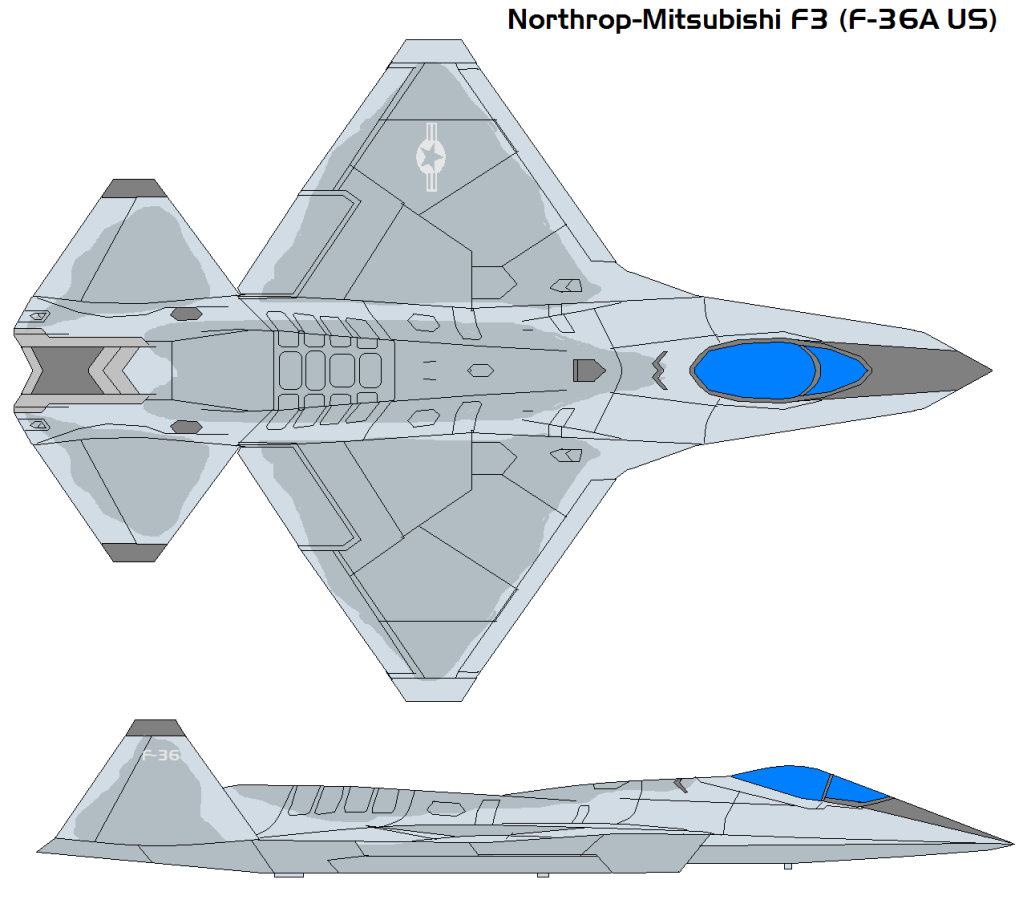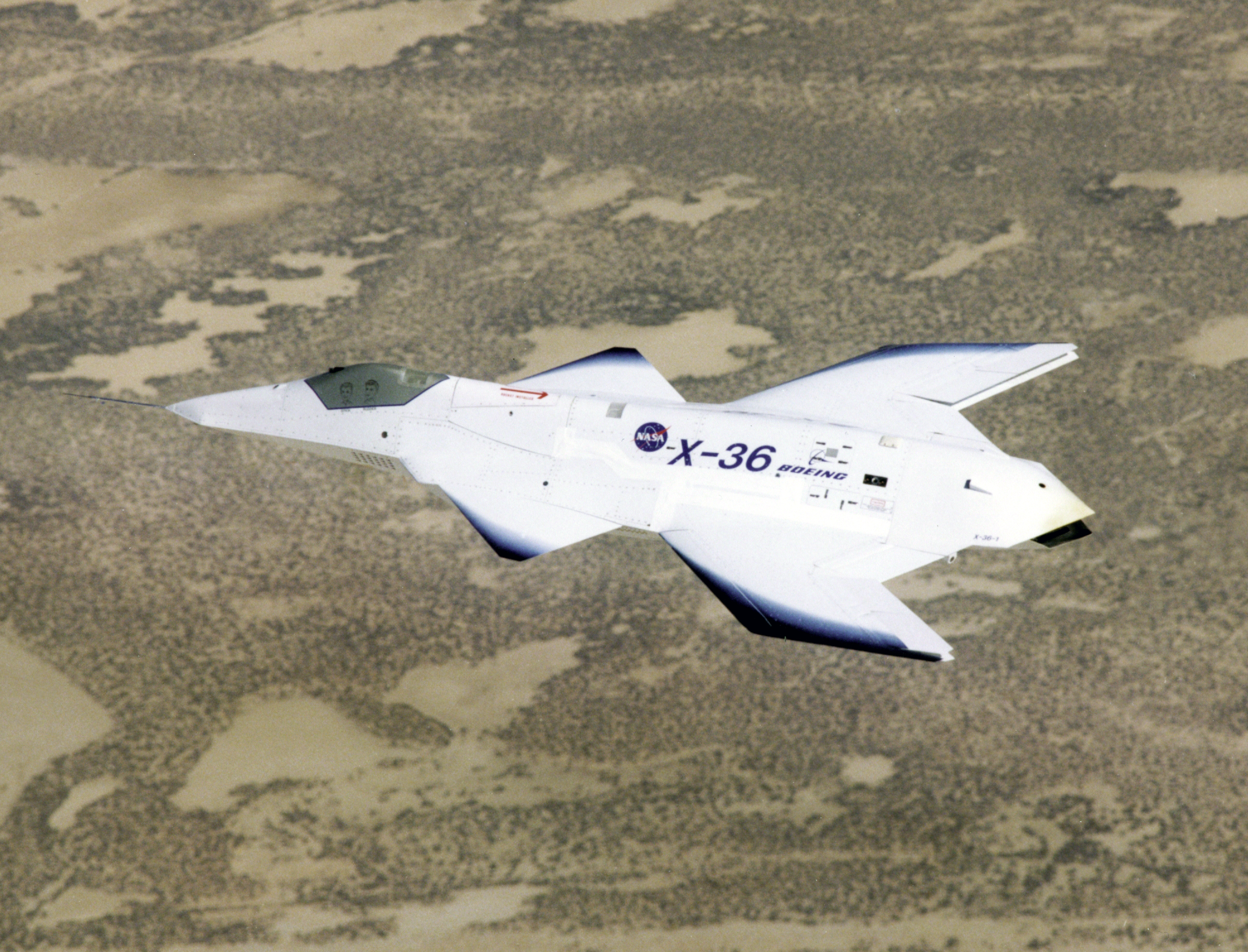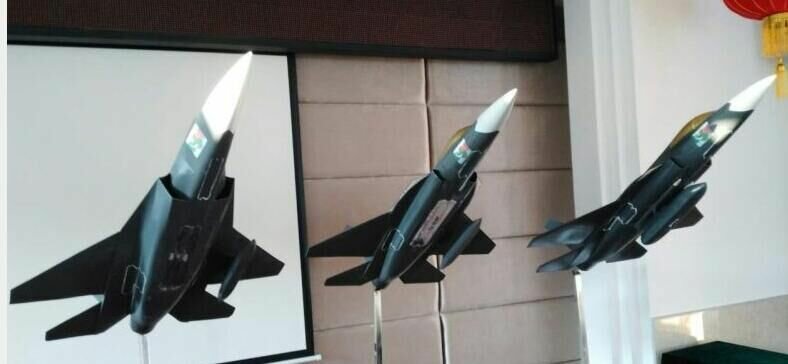- Joined
- 11 March 2012
- Messages
- 3,249
- Reaction score
- 3,178
Can any non-Russian or non-Chinese country design and build a super-sonic, light fighter to rival Sukhoi's recently revealed LTS?
To simplify debate, let's eliminate any airplane that has made it past mock-up stage.
The design must be bought - in significant numbers - by the producing country - but also cheap enough to be purchased by dozens of Second and Third World Nations.
From the far end of the runway it must resemble a 5th Generation, stealthy fighter/bomber. It must look "stealthy" but does not have to incorporate the latest in radar-absorbent materials or paints. The latest fashion in "stealthy" materials are optional.
A single engine that is currently in production. Optional, bolt-on, 2D vectoring thrust. Optional, bolt-on, reverse thrust for landing on short runways.
A single pilot sitting in a current-production ejection seat.
Rails and bomb racks capable of launching most current-production NATO, Chinese and Russian missiles, torpedoes and bombs. Most of those weapons carried internally to maintain that "stealthy" appearance. It may or may not include wiring and software to launch the most sophisticated weapons.
Optional, bolt-in, 20 mm gun.
Avionics limited to current production, but adapted from current-production consumer electronics preferred. Avionics do not need to be capable of AI, automatic flight, loyal wingman or complex networking. You may specify multiple different levels of avionics, but ensure that the cheapest level is still affordable for Third World Air Forces. Avionics with a variety of "price points{ to match Third World budgets.
Moderate range on internal fuel with optional, bolt-on, air-to-air refueling probe. It must be able to perform its primary role (interceptor?) using only internal fuel.
Capable of operating from 3,300 foot (i kilometer) asphalt runways. Commensurate with operating from semi-prepared runways, engine inlets must automatically divert the worst foreign object debris. Optional, bolt-on, spring-extended, arrestor-hook for "stupid-short" runways.
No need for carrier capability as hardly any Third World nations can afford aircraft carriers.
No need for VTOL.
Easy to maintain with quick-change modules. emphasis on rugged, low maintenance over the highest performance.
Mach 1.8 top speed.
Wing span narrow enough to fit inside existing hardened shelters without folding.
To simplify debate, let's eliminate any airplane that has made it past mock-up stage.
The design must be bought - in significant numbers - by the producing country - but also cheap enough to be purchased by dozens of Second and Third World Nations.
From the far end of the runway it must resemble a 5th Generation, stealthy fighter/bomber. It must look "stealthy" but does not have to incorporate the latest in radar-absorbent materials or paints. The latest fashion in "stealthy" materials are optional.
A single engine that is currently in production. Optional, bolt-on, 2D vectoring thrust. Optional, bolt-on, reverse thrust for landing on short runways.
A single pilot sitting in a current-production ejection seat.
Rails and bomb racks capable of launching most current-production NATO, Chinese and Russian missiles, torpedoes and bombs. Most of those weapons carried internally to maintain that "stealthy" appearance. It may or may not include wiring and software to launch the most sophisticated weapons.
Optional, bolt-in, 20 mm gun.
Avionics limited to current production, but adapted from current-production consumer electronics preferred. Avionics do not need to be capable of AI, automatic flight, loyal wingman or complex networking. You may specify multiple different levels of avionics, but ensure that the cheapest level is still affordable for Third World Air Forces. Avionics with a variety of "price points{ to match Third World budgets.
Moderate range on internal fuel with optional, bolt-on, air-to-air refueling probe. It must be able to perform its primary role (interceptor?) using only internal fuel.
Capable of operating from 3,300 foot (i kilometer) asphalt runways. Commensurate with operating from semi-prepared runways, engine inlets must automatically divert the worst foreign object debris. Optional, bolt-on, spring-extended, arrestor-hook for "stupid-short" runways.
No need for carrier capability as hardly any Third World nations can afford aircraft carriers.
No need for VTOL.
Easy to maintain with quick-change modules. emphasis on rugged, low maintenance over the highest performance.
Mach 1.8 top speed.
Wing span narrow enough to fit inside existing hardened shelters without folding.



